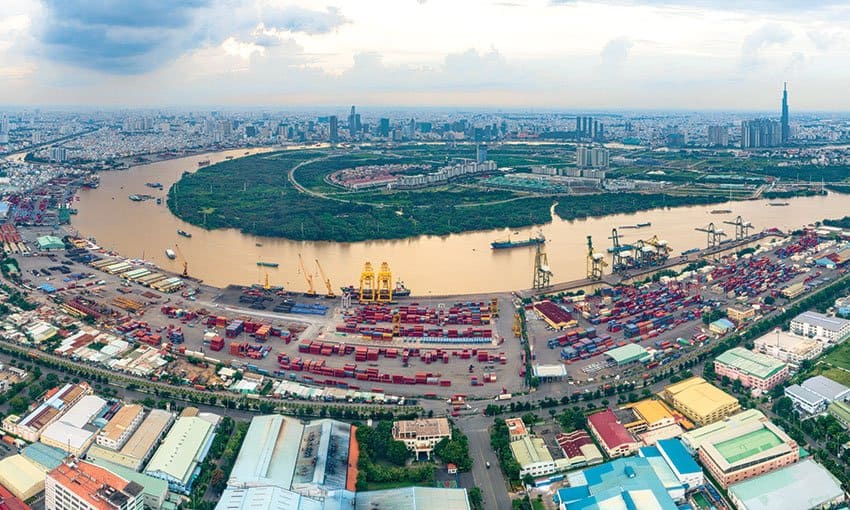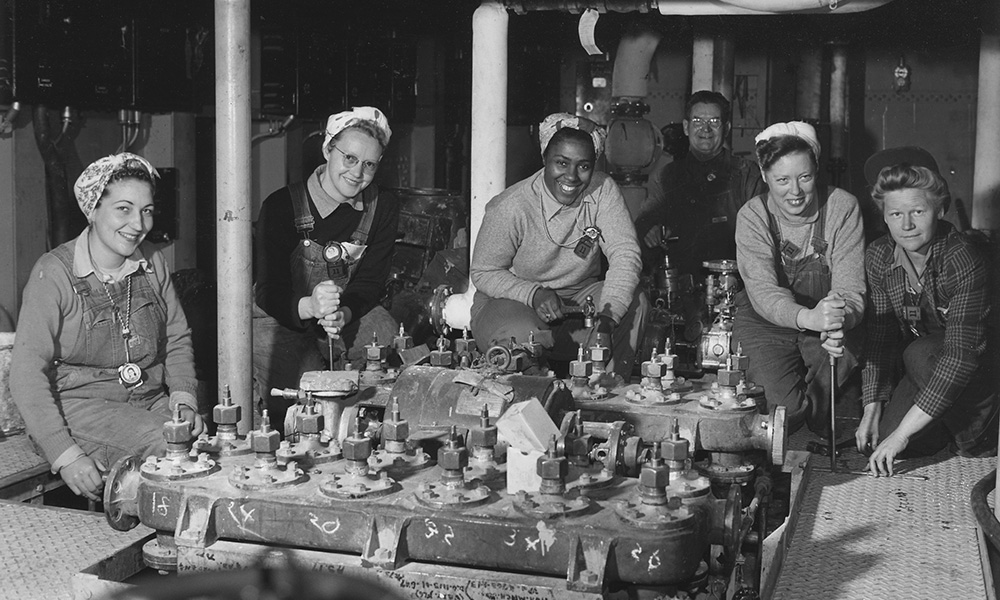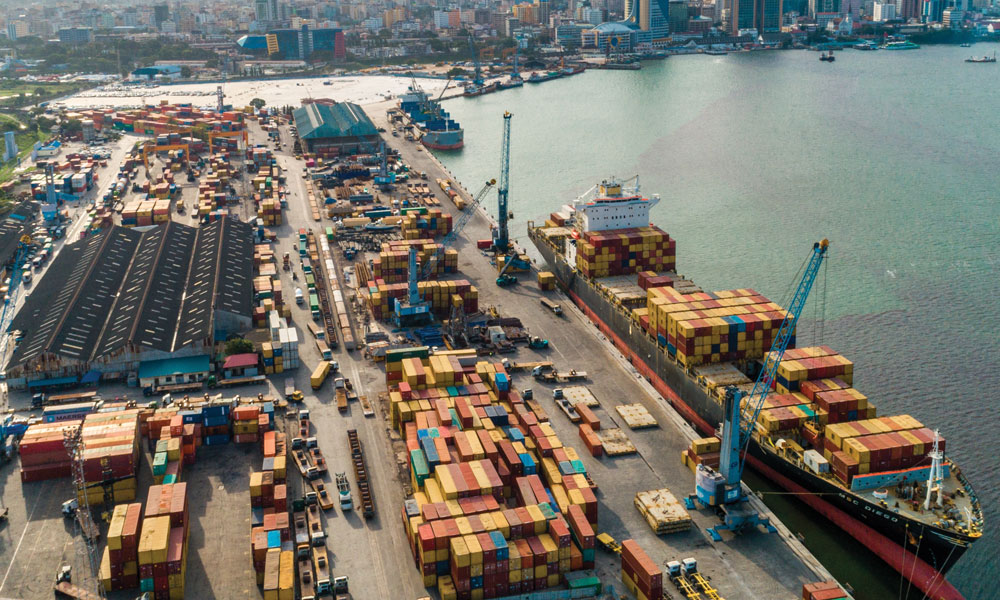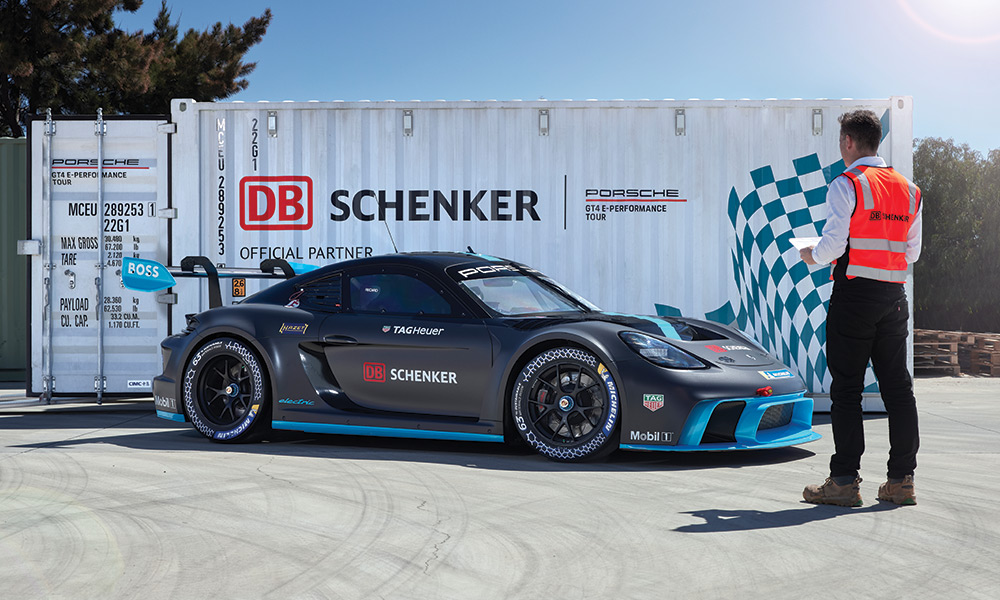VIETNAM has long relied on maritime transport for trade, but a proportion of that trade movement occurs in a network of waterways that spans some 47,000 kilometres. With bigger ships on the horizon, the government of Vietnam has enacted a plan to upgrade port infrastructure.
TRADE OVERVIEW
Australia’s trade relationship with Vietnam has grown quickly in recent years. The Department of Foreign Affairs and Trade said the relationship has matured into one of Australia’s most important in the region.
Our two-way trade with Vietnam last year was valued at almost $28 billion, up 62% from around $16 billion in 2020-23. DFAT said strong economic growth in Vietnam and a shift toward a market-based economy had opened new opportunities for Australian exporters of energy, dairy, meat, wheat, grains, cotton and wool among other commodities.
Australia’s biggest export commodity to Vietnam in 2021-22 was coal, valued at $5.5 billion that year. Vietnam’s biggest export to Australia was telecom equipment and parts, valued at $1.8 billion. Vietnam’s main exports to the world are garments, machinery, wooden products and food products including seafood, rice and coffee.
There are two free trade agreements currently in force for Vietnam, namely the ASEAN-Australia-New Zealand Free Trade Agreement (AANZFTA) and the Comprehensive and Progressive Agreement for Trans-Pacific Partnership (CPTPP).
INDUSTRY LANDSCAPE
Vietnam is one of several countries included in the Marine Environment Protection of the South-East Asian Seas (MEPSEAS), a project of the International Maritime Organization. MEPSEAS notes the country’s flag and port state responsibilities belong to the Vietnam Maritime Administration (VinaMarine). The maritime administration runs the country’s ports, which are classified by territorial jurisdiction or by size and function. For example. the port of Vân Phong is considered an international transhipment port while the port of Hai Phong is an international gateway port. The ports of Ho Chi Minh and Nha Trang are considered important regional ports.
VinaMarine is also responsible for registration of ships and for inspecting foreign ships calling Vietnamese ports. The Vietnam Register is involved with tasks relating to technical requirements such as supervision of registered ships, and the Vietnam Coast Guard performs enforcement activities in its role under the country’s Ministry of Defence.
Inland waterways form an important part of Vietnam’s logistics landscape, as land transportation between the north and south of the country is a challenge. Three quarters of the country’s freight is transported by road. The waterways are generally inaccessible to bigger vessels, but the country’s major ports can facilitate the large ships.
Hanoi and Ho Chi Minh City are connected by rail and highway along a narrow corridor stretching down the coast. Construction of a new rail line between Yen Vien near Hanoi and the port of Cai Lan in the north began in 2004.
MARITIME CHALLENGES
Although some of Vietnam’s main seaports have capacity for large ships and container volumes, a number of ports on the coast do not.
According to Britannica, at the turn of the 21st century, the government inaugurated a plan to improve the port system by upgrading the shipping fleet, improving existing ports and building new ones. It also planned to further develop Vietnam’s shipbuilding industry. The government planned expansions to allow ports along the Mekong River Delta to accommodate oceangoing vessels, however Britannica noted slow progress on each of these projects.
In September 2021, Vietnam’s then deputy prime minister Le Van Thanh approved implementation of the national Seaport System Development Master Plan. The plan covered the period between 2021 and 2030 but supported a vision for 2050. It intended to modernise the port system to meet demand for containerised trade and cargo transhipment, and prioritised the ports of Hai Phong and the port of Cai Mep as international gateways.
The plan outlined the development of railways and highways linking major ports on the north-south corridor and wharves for inland waterway vessels. Under the plan, Vietnam would also develop inland ports in economic zones and economic corridors, prioritising locations with easy access to inland waterways, river and sea routes and railways to key seaports.
This article appeared in the October 2023 edition of DCN Magazine





